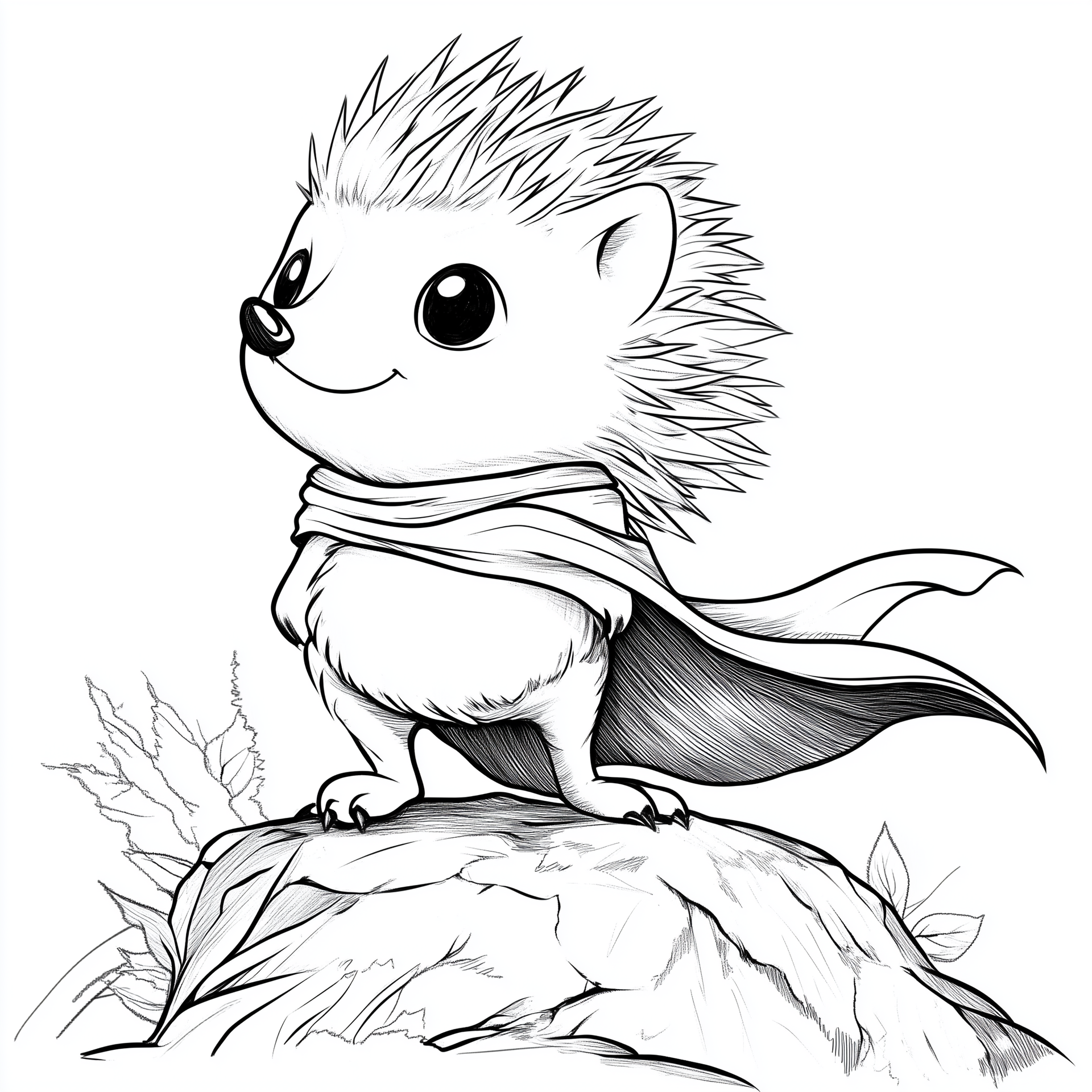Coloring Beyond Fun: Unraveling the Cognitive Benefits for Developing Minds
Cognitive Benefits of Coloring
Coloring is often considered a simple childhood pastime, but its impact on a child's cognitive development is far-reaching. Research has delved into the intriguing question of how coloring aids in the development of young minds, and the findings are nothing short of fascinating.
The Cognitive Benefits Unveiled by Research
Recent studies, including research from [insert relevant research paper or source], shed light on the cognitive advantages of coloring for children. The act of coloring involves a variety of skills crucial for development, such as hand-eye coordination, fine motor skills, and the ability to focus.
The research suggests that coloring aids in the development of spatial awareness, helping children understand the concept of space, shapes, and sizes. As they choose colors and apply them within the lines, children engage in a creative process that enhances their decision-making abilities and encourages self-expression.
Products Tailored for Developing Minds
- Tiny Tails Puppy Parade Introduce your child to the enchanting world of Tiny Tails Puppy Parade (available here). Filled with adorable illustrations, this coloring book not only entertains but also contributes to the cognitive growth of your little one.
- Tiny Triumphs - Anxiety and Stress Relief on the Go Tiny Triumphs (available here) is not just for stress relief; its captivating designs make it an excellent tool for nurturing young minds. The portable size ensures that your child can enjoy the cognitive benefits of coloring anywhere.
- Colorful Corgis Engage your child's imagination with Colorful Corgis (available here). This delightful coloring book is designed to spark creativity and contribute to the cognitive skills crucial for their early development.
Fostering Creativity and Self-Expression
Coloring provides children with a platform to express themselves creatively. The ability to choose colors and create their own interpretations of the world around them nurtures their imagination. This creative freedom is essential for the development of problem-solving skills and encourages innovative thinking.
Moreover, the focus required to stay within the lines and complete a coloring page helps improve concentration and attention to detail. These skills lay a foundation for more complex cognitive processes as children progress through their educational journey.
Conclusion
In conclusion, the seemingly simple act of coloring goes beyond being a fun and entertaining activity for children. It plays a pivotal role in their cognitive development, enhancing essential skills that form the building blocks of learning. By providing your child with engaging coloring books like Tiny Tails Puppy Parade, Tiny Triumphs, and Colorful Corgis, you're not only offering entertainment but also fostering a foundation for a sharp and creative young mind.




